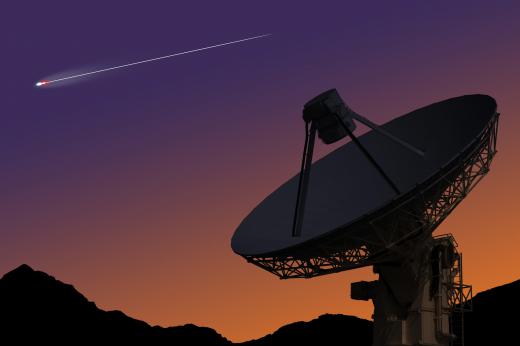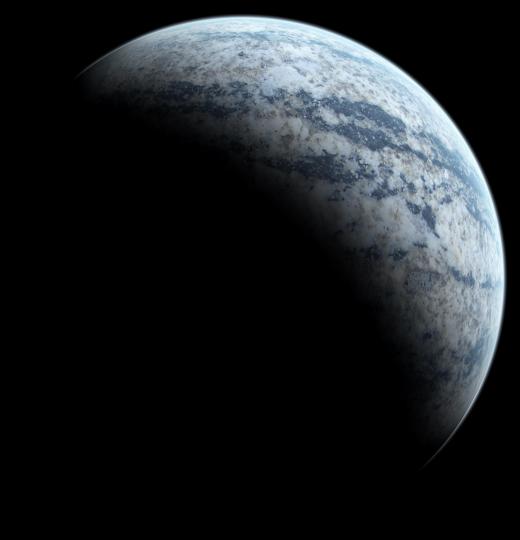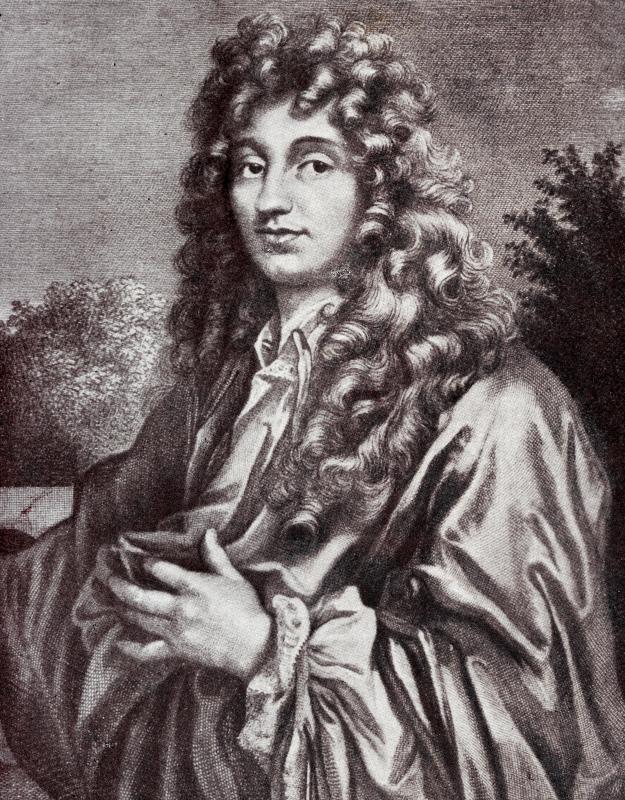What are Some Prominent Features of Saturn?
 Michael Anissimov
Michael Anissimov
Saturn is a gas giant in the outer solar system, just beyond the orbit of Jupiter. It is famous for its large, beautiful rings and numerous moons, including one with its own atmosphere, Titan. Saturn orbits about 9 AUs (Sun-Earth distances) from the Sun, making one revolution every 29.5 years. The day in the week Saturday gets its name from Saturn. It is named after the Roman god Saturnus, father of Jupiter. Saturn can be seen as a yellowish star with the naked eye but seeing its rings takes binoculars or a telescope.
Saturn is the most oblate planet in the solar system — that is to say, its diameter is approximately 10% greater than the distance between its poles. This is due to a combination of low density, fast rotation, and its gaseous state. Like all the other gas giants, Saturn is primarily composed of hydrogen. It has a rocky core which includes metallic hydrogen. Trace amounts of ammonia, water, ammonium, and hydrosulfide crystals are suspended in its atmosphere.

Dutch astronomer Christiaan Huygens was the first to observe Saturn's rings conclusively, in 1655. Galileo Galilei has observed them earlier but called them "ears" and was perplexed when they would vanish when they became perpendicular from the perspective of the Earth. Saturn has many rings and many gaps between them, the largest named the Cassini Division, after Giovanni Cassini who first discovered the discreteness of the rings.

In 2004, a spacecraft bearing Cassini's name, the Cassini orbiter, arrived at Saturn, and shortly thereafter dropped a probe, Huygens, into the atmosphere of Titan. This was the first artificial object to land on an outer solar system body and send back observations. It kept transmitting for 45 minutes after a 2 1/2 hour descent through Titan's thick atmosphere to the surface. It sent back images of hydrocarbon seas, which scientists strongly expected would be there. Titan is of great interest to scientists because it is seen both as a potential future target of colonization and a possible bearer of exotic life.
AS FEATURED ON:
AS FEATURED ON:















Discuss this Article
Post your comments